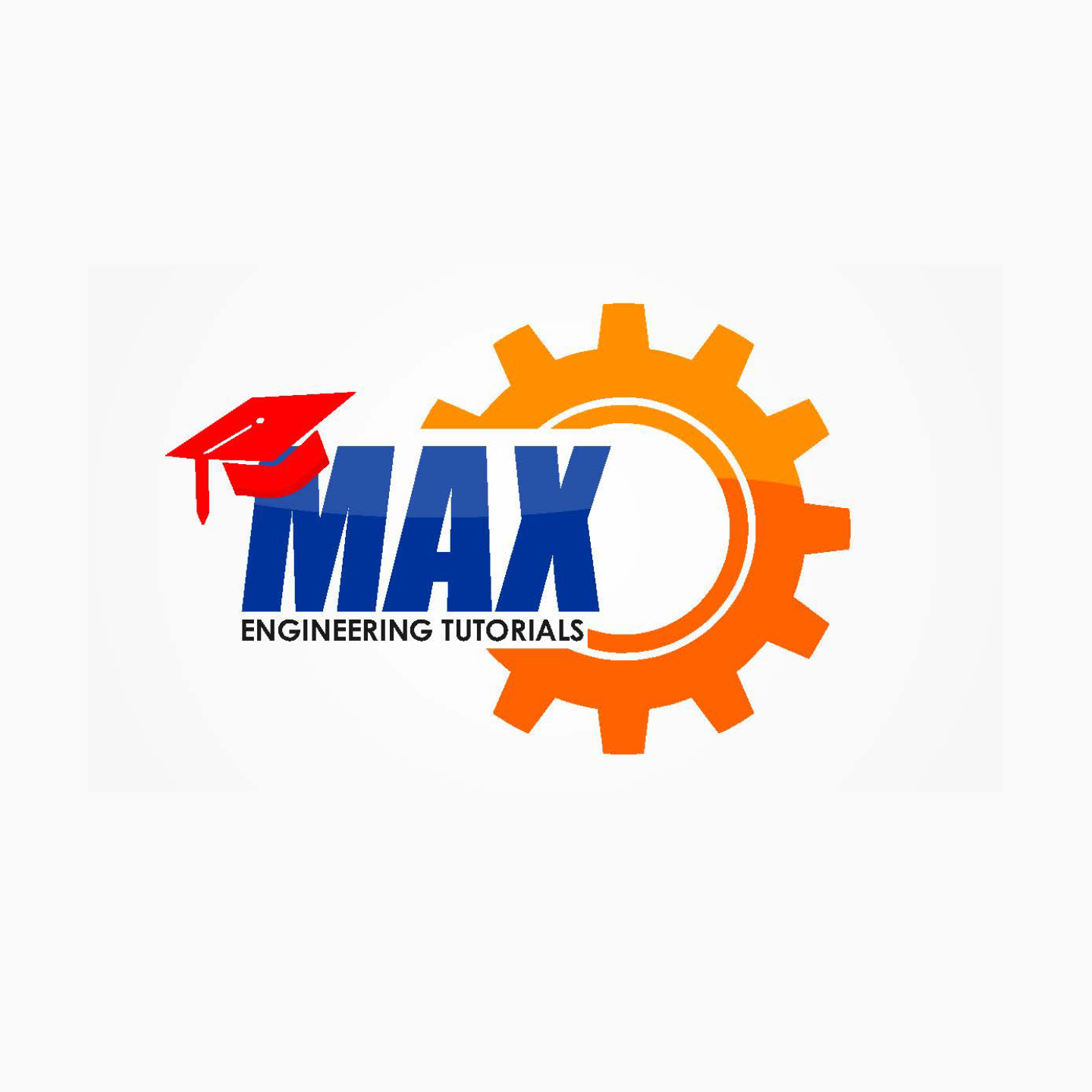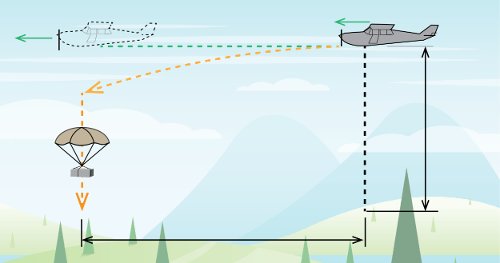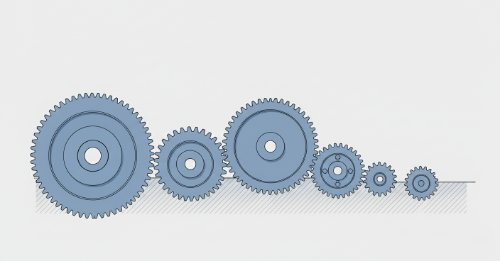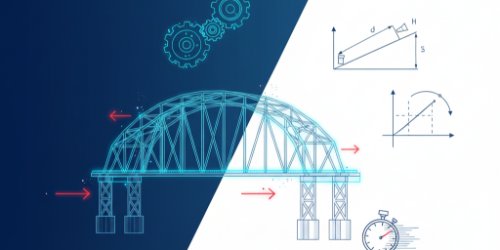Worked examples (1) - Special Rectilinear Motion (1) | Kinematics of Particles - Engineering Mechanics (Undergraduate Advanced)
SPONSORED Get Personalized Tutoring NowStruggling with a tough concept or looking to advance your skills? Our expert tutors offer one-to-one guidance tailored to your unique needs.
Get instant support, clear explanations, and practical strategies to master even the most challenging subjects. With flexible scheduling and customized learning plans, success is just a session away.
Book your personalized tutoring today and start achieving your academic goals!
Get Personalized Tutoring NowStruggling with a tough concept or looking to advance your skills? Our expert tutors offer one-to-one guidance tailored to your unique needs.
Get instant support, clear explanations, and practical strategies to master even the most challenging subjects. With flexible scheduling and customized learning plans, success is just a session away.
Book your personalized tutoring today and start achieving your academic goals!
Struggling with a tough concept or looking to advance your skills? Our expert tutors offer one-to-one guidance tailored to your unique needs. Get instant support, clear explanations, and practical strategies to master even the most challenging subjects. With flexible scheduling and customized learning plans, success is just a session away. Book your personalized tutoring today and start achieving your academic goals!
 Kinematics of Particles - Engineering Mechanics (Undergraduate Advanced)Do you want to learn how to describe and analyze the motion of particles in one and two dimensions?
Do you want to apply your knowledge of kinematics to solve real-world problems in engineering, physics, and sports?
Do you want to master the use of different coordinate systems and reference frames to simplify your calculations and enhance your understanding?
If you answered yes to any of these questions, then this course is for you!
Engineering Mechanics: Kinematics of Particles comprehensively addresses the fundamental concepts and principles of particle kinematics. You will learn how to:
- Define and measure the position, velocity, and acceleration of a particle moving along a straight or curved path.
- Use various methods to determine the motion of a particle, such as equations of motion, graphical solutions, and numerical solutions.
- Apply the concepts of relative and dependent motion to analyze the motion of several particles or connected bodies.
- Choose the most suitable coordinate system for a given problem, such as rectangular, polar, normal-tangential, or radial-transverse coordinates.
- Understand the effects of different reference frames on the observed motion of a particle, such as inertial, non-inertial, or rotating frames.
By the end of this course, you will have a solid foundation in particle kinematics that will enable you to tackle more advanced topics in dynamics, mechanics, and other fields of engineering and science. You will also have the skills and confidence to apply your knowledge to real-world situations, such as the trajectory of a snowboarder, the orbital speed of a satellite, or the accelerations during acrobatic flying.
This course is designed for students, engineers, and enthusiasts who have a basic background in calculus, physics, and vector algebra.
Once enrolled, you have access to dynamic video lessons, interactive quizzes, and live chat support for an immersive learning experience. You engage with clear video explanations, test your understanding with instant-feedback quizzes and interact with our expert instructor and peers in the chat room. Join a supportive learning community to exchange ideas, ask questions, and collaborate with peers as you master the material, by enrolling right away.
Kinematics of Particles - Engineering Mechanics (Undergraduate Advanced)Do you want to learn how to describe and analyze the motion of particles in one and two dimensions?
Do you want to apply your knowledge of kinematics to solve real-world problems in engineering, physics, and sports?
Do you want to master the use of different coordinate systems and reference frames to simplify your calculations and enhance your understanding?
If you answered yes to any of these questions, then this course is for you!
Engineering Mechanics: Kinematics of Particles comprehensively addresses the fundamental concepts and principles of particle kinematics. You will learn how to:
- Define and measure the position, velocity, and acceleration of a particle moving along a straight or curved path.
- Use various methods to determine the motion of a particle, such as equations of motion, graphical solutions, and numerical solutions.
- Apply the concepts of relative and dependent motion to analyze the motion of several particles or connected bodies.
- Choose the most suitable coordinate system for a given problem, such as rectangular, polar, normal-tangential, or radial-transverse coordinates.
- Understand the effects of different reference frames on the observed motion of a particle, such as inertial, non-inertial, or rotating frames.
By the end of this course, you will have a solid foundation in particle kinematics that will enable you to tackle more advanced topics in dynamics, mechanics, and other fields of engineering and science. You will also have the skills and confidence to apply your knowledge to real-world situations, such as the trajectory of a snowboarder, the orbital speed of a satellite, or the accelerations during acrobatic flying.
This course is designed for students, engineers, and enthusiasts who have a basic background in calculus, physics, and vector algebra.
Once enrolled, you have access to dynamic video lessons, interactive quizzes, and live chat support for an immersive learning experience. You engage with clear video explanations, test your understanding with instant-feedback quizzes and interact with our expert instructor and peers in the chat room. Join a supportive learning community to exchange ideas, ask questions, and collaborate with peers as you master the material, by enrolling right away.
Do you want to learn how to describe and analyze the motion of particles in one and two dimensions? Do you want to apply your knowledge of kinematics to solve real-world problems in engineering, physics, and sports? Do you want to master the use of different coordinate systems and reference frames to simplify your calculations and enhance your understanding? If you answered yes to any of these questions, then this course is for you! Engineering Mechanics: Kinematics of Particles comprehensively addresses the fundamental concepts and principles of particle kinematics. You will learn how to: - Define and measure the position, velocity, and acceleration of a particle moving along a straight or curved path. - Use various methods to determine the motion of a particle, such as equations of motion, graphical solutions, and numerical solutions. - Apply the concepts of relative and dependent motion to analyze the motion of several particles or connected bodies. - Choose the most suitable coordinate system for a given problem, such as rectangular, polar, normal-tangential, or radial-transverse coordinates. - Understand the effects of different reference frames on the observed motion of a particle, such as inertial, non-inertial, or rotating frames. By the end of this course, you will have a solid foundation in particle kinematics that will enable you to tackle more advanced topics in dynamics, mechanics, and other fields of engineering and science. You will also have the skills and confidence to apply your knowledge to real-world situations, such as the trajectory of a snowboarder, the orbital speed of a satellite, or the accelerations during acrobatic flying. This course is designed for students, engineers, and enthusiasts who have a basic background in calculus, physics, and vector algebra. Once enrolled, you have access to dynamic video lessons, interactive quizzes, and live chat support for an immersive learning experience. You engage with clear video explanations, test your understanding with instant-feedback quizzes and interact with our expert instructor and peers in the chat room. Join a supportive learning community to exchange ideas, ask questions, and collaborate with peers as you master the material, by enrolling right away.
 MEE 206: Engineering Mechanics - DynamicsMaster the principles governing the motion of engineering systems. This learning track provides a complete education in dynamics, systematically building from the kinematics of particles to the kinetics of rigid bodies and culminating in an introduction to dynamic systems and vibration. You will learn to analyse and predict how mechanical systems behave under the influence of forces.
This programme is for undergraduate students in mechanical, aerospace, civil, or related engineering disciplines. It is also essential for practising engineers and applied scientists who require a rigorous, first-principles command of dynamic analysis for their professional work. A prerequisite knowledge of statics, calculus, and vector algebra is assumed.
Upon completion, you will possess the analytical tools to solve complex dynamics problems for particles and rigid bodies using force, energy, and momentum methods. This provides the essential foundation for advanced study in mechanical design, control systems, and structural analysis, and prepares you for demanding technical roles in the engineering sector.
MEE 206: Engineering Mechanics - DynamicsMaster the principles governing the motion of engineering systems. This learning track provides a complete education in dynamics, systematically building from the kinematics of particles to the kinetics of rigid bodies and culminating in an introduction to dynamic systems and vibration. You will learn to analyse and predict how mechanical systems behave under the influence of forces.
This programme is for undergraduate students in mechanical, aerospace, civil, or related engineering disciplines. It is also essential for practising engineers and applied scientists who require a rigorous, first-principles command of dynamic analysis for their professional work. A prerequisite knowledge of statics, calculus, and vector algebra is assumed.
Upon completion, you will possess the analytical tools to solve complex dynamics problems for particles and rigid bodies using force, energy, and momentum methods. This provides the essential foundation for advanced study in mechanical design, control systems, and structural analysis, and prepares you for demanding technical roles in the engineering sector.
Master the principles governing the motion of engineering systems. This learning track provides a complete education in dynamics, systematically building from the kinematics of particles to the kinetics of rigid bodies and culminating in an introduction to dynamic systems and vibration. You will learn to analyse and predict how mechanical systems behave under the influence of forces. This programme is for undergraduate students in mechanical, aerospace, civil, or related engineering disciplines. It is also essential for practising engineers and applied scientists who require a rigorous, first-principles command of dynamic analysis for their professional work. A prerequisite knowledge of statics, calculus, and vector algebra is assumed. Upon completion, you will possess the analytical tools to solve complex dynamics problems for particles and rigid bodies using force, energy, and momentum methods. This provides the essential foundation for advanced study in mechanical design, control systems, and structural analysis, and prepares you for demanding technical roles in the engineering sector.
 GET 207: Applied MechanicsMaster the non-negotiable principles of Engineering Mechanics. This track delivers a rigorous, complete programme in statics and dynamics, built to the NUC GET 207 core curriculum. It moves methodically from force systems and equilibrium to the kinematics of rigid bodies and the kinetics of particles. This is the foundation of all structural and mechanical analysis.
This programme is for first and second-year undergraduate engineering students. It is an essential requirement for students in Mechanical, Civil, Structural, Aerospace, and Mechatronics engineering. A working knowledge of introductory physics and calculus is assumed.
On completion, you will be able to analyse and solve complex problems in statics and particle dynamics. You will draw free-body diagrams, apply equilibrium equations, analyse trusses and frames, and solve motion problems using Newton's laws, work-energy, and momentum methods. This programme prepares you for advanced courses, particularly Mechanics of Materials, and future professional engineering practice.
GET 207: Applied MechanicsMaster the non-negotiable principles of Engineering Mechanics. This track delivers a rigorous, complete programme in statics and dynamics, built to the NUC GET 207 core curriculum. It moves methodically from force systems and equilibrium to the kinematics of rigid bodies and the kinetics of particles. This is the foundation of all structural and mechanical analysis.
This programme is for first and second-year undergraduate engineering students. It is an essential requirement for students in Mechanical, Civil, Structural, Aerospace, and Mechatronics engineering. A working knowledge of introductory physics and calculus is assumed.
On completion, you will be able to analyse and solve complex problems in statics and particle dynamics. You will draw free-body diagrams, apply equilibrium equations, analyse trusses and frames, and solve motion problems using Newton's laws, work-energy, and momentum methods. This programme prepares you for advanced courses, particularly Mechanics of Materials, and future professional engineering practice.
Master the non-negotiable principles of Engineering Mechanics. This track delivers a rigorous, complete programme in statics and dynamics, built to the NUC GET 207 core curriculum. It moves methodically from force systems and equilibrium to the kinematics of rigid bodies and the kinetics of particles. This is the foundation of all structural and mechanical analysis. This programme is for first and second-year undergraduate engineering students. It is an essential requirement for students in Mechanical, Civil, Structural, Aerospace, and Mechatronics engineering. A working knowledge of introductory physics and calculus is assumed. On completion, you will be able to analyse and solve complex problems in statics and particle dynamics. You will draw free-body diagrams, apply equilibrium equations, analyse trusses and frames, and solve motion problems using Newton's laws, work-energy, and momentum methods. This programme prepares you for advanced courses, particularly Mechanics of Materials, and future professional engineering practice.